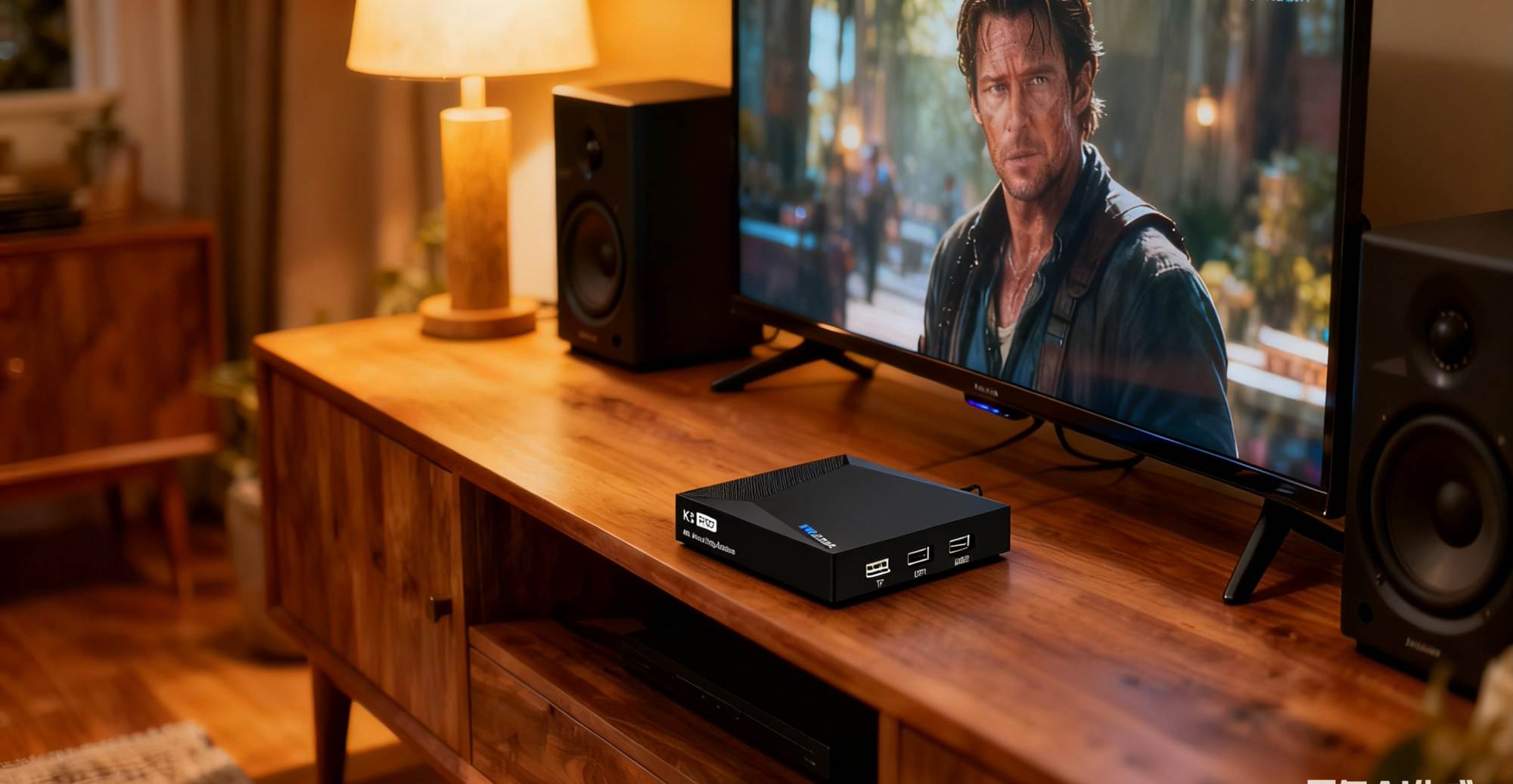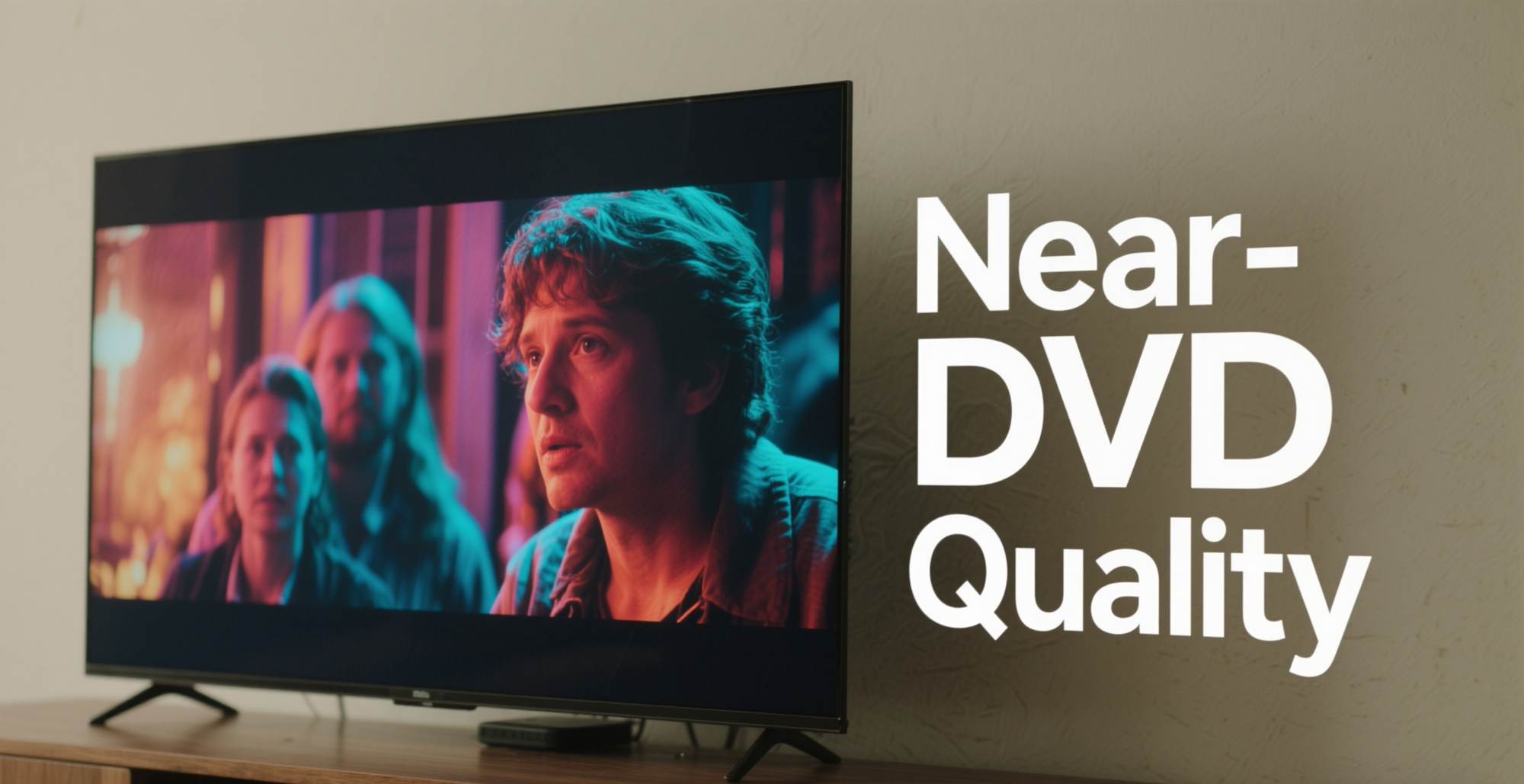IPTV differs from both traditional analog cable TV and classic digital TV. Both traditional and classic digital TV share characteristics such as frequency division, timed broadcasting, and one-way broadcasting. While classic digital TV offers many technological innovations compared to analog TV, these merely alter the signal format and do not alter the method of dissemination of media content. IPTV utilizes the infrastructure of broadband cable TV networks, with home televisions as the primary terminal device, to deliver a variety of digital media services, including television programs, through Internet protocols. Its key features include:
① Users receive high-quality (near-DVD quality) digital media services.
② Users have extensive freedom to choose from a wide range of video programs offered by websites on the broadband IP network.
③ It enables substantial interaction between media providers and consumers. The playback platform used by IPTV will be a typical example of a new generation of home digital media terminals, capable of configuring a variety of multimedia services based on user preferences, including digital TV programs, video IP phone, DVD/VCD playback, internet browsing, email, and a variety of online information consultation, entertainment, education, and business functions.
④ It offers a vast emerging market for network developers and program providers.

Therefore, a hotel IPTV system needs to integrate program production, distribution, on-demand (VOD), and system management functions. A rational structure should be developed to flexibly support set-top box (STB) video-on-demand services over broadband IP networks without the need for third-party software.
Since network bandwidth currently varies widely across regions, IPTV system designers must automatically adapt to local bandwidth conditions, supporting bitrates ranging from 40 Mbps (VCD quality) to 2 Mbps (HD digital TV) to meet the viewing needs of diverse audiences.
The IPTV system should utilize a distributed architecture, enabling near-DVD-quality VOD services over broadband metropolitan area IP networks, providing broadband users with high-definition video while minimizing network resource consumption. Browser for TV technology enables the clear display of diverse internet content on televisions.
To ensure system security, IPTV system servers and key components must be firewalled. Software firewalls should be used within the portal server, program library server, and VOD server systems to control authorized access to TELNET, FTP, and VOD services. A hardware firewall is installed at the front end of the billing subsystem to prevent unauthorized access to billing data. To ensure data security, sensitive data is encrypted when transmitted between the web page and the server. The encryption protocols used include DES (128-bit advanced encryption) and custom data encryption methods.
The IPTV system can adopt a regional distributed design. A single portal server can manage multiple video servers. Expanding the system's user base requires only adding video servers. Thanks to this distributed design, relocating or adding/removing video servers is simple, making the system highly scalable. Program storage utilizes a single streaming media server and hard disk array, allowing a single device to serve multiple hotels. This provides greater maintainability and stability than conventional CDN systems, allowing for seamless expansion of program storage capacity without interrupting system service.
Hotel IPTV systems should adhere to the operational system design principle of "unified management and unified billing." The operating platform should be developed based on a broadband IP metropolitan area network, with a clear market positioning. The system also fully considers both system and content scalability, facilitating smooth upgrades and content updates, resulting in strong operability.
OSS is Key
The OSS system is a business support platform for operators, providing program management, workflow management, user management, billing, and accounting. It primarily comprises a content management and publishing subsystem, a billing subsystem, external interface management, and customer management. As the backbone of IPTV operations, the OSS system bridges the front-end EPG system with the back-end CDN system. Centered around the service acceptance system, content management and publishing system, and on-demand billing system, it comprehensively integrates the core of the IPTV system and is the heart of the system.
Program Distribution
Program distribution is the core function of the OSS system. It involves publishing video content from content providers to the EPG system through the OSS system's content management and distribution system. By accessing the program distribution platform provided by the OSS system, operators or service providers can easily publish content resources to the EPG system.

When IPTV operators release content provided by CPs, they complete the review, production, and release processes themselves, and regularly reconcile accounts with CPs. Since SPs have their own video distribution systems, they can publish content directly to the EPG system through the OSS video distribution platform after internal review. They can also set permissions and then notify IPTV operators through the system's workflow system.
Local Consulting Material Release
The official document and announcement release system is very similar to the content release system, except that it only provides text and images, allowing customers to view the latest information on their televisions.
Advertising Release
Advertising can be released in the form of text and images or videos, following the same process as the program release system.
Billing
Hotel IPTV customers pay for their IPTV service usage at the same time they settle their room charges. The general billing strategy can be a daily package (hotel IPTV customers will pay a basic usage fee every day, and hotel customers can watch live channels and some free movies), or a single-time (hotel IPTV customers can watch some movies that charge an additional fee on the basis of the previous daily package, and the fee is charged by the movie, and the same movie is only charged once during the stay).











